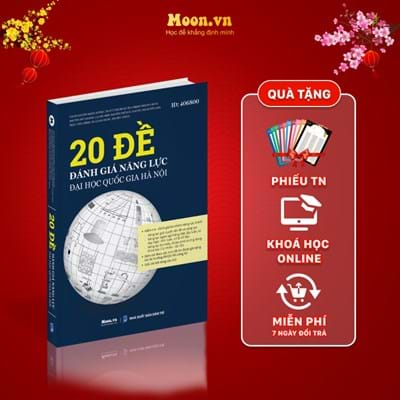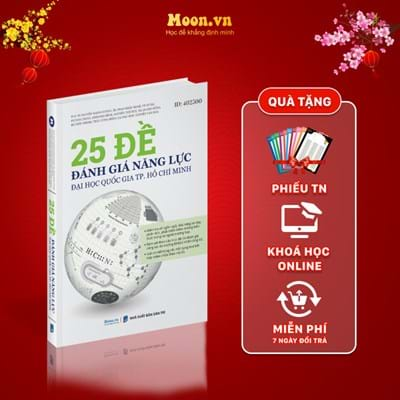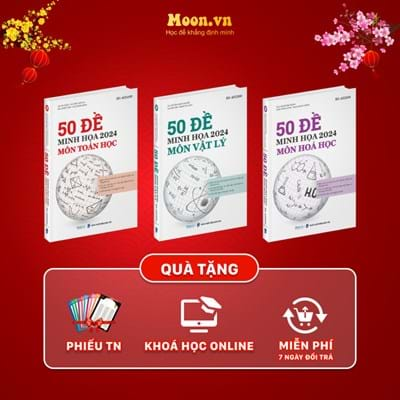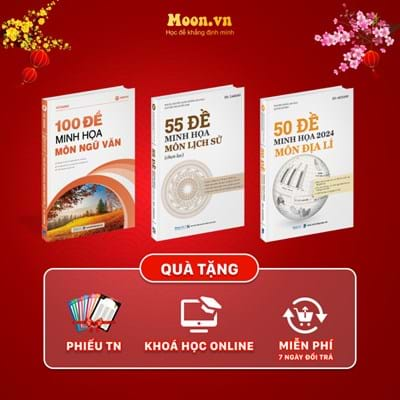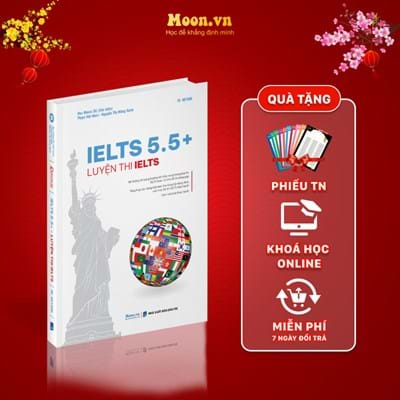The word “elimination” in paragraph 2 is closet in meaning to .
The mixing of broken-down scrap tires into asphalt to produce a blend suitable for the construction of road surfaces is becoming widespread. It seems like an environmentalist’s dream: instead of getting junked in shrinking landfills, the tires are mixed with asphalt to create a paving material that holds up twice as long as conventional asphalt.
The resulting material, asphalt-rubber, has several advantages over conventional road-building materials. It can be applied in a reduced thickness, and this means that less material has to be mined and transported to the road site. Furthermore, roads constructed with this material require less maintenance than more conventional roads. Another benefit is the reduction of traffic noise, a serious issue in urban areas. Perhaps most important, the possible eventual elimination of waste tires with all their environmental problems may one day become a reality.
Although reviews by researchers and government officials have been generally positive, questions remain. Some transportation officials fear that the material has not been adequately tested. There is no conclusive evidence that asphalt rubber can be recycled after it deteriorates, as conventional asphalt can. And there is concern whether the process of heating and laying the material gives off more toxic fumes than conventional methods.
Another issue is cost, which is twice that of standard asphalt. Even though tests indicate that roads repaved with the mixture could last twice as long, allowing it to be applied sparingly and reducing the overall cost, not everyone believes that the material’s greater expense is justified. In addition, only a handful of companies have the licenses to make the patented key ingredient in the product, generating criticism from some who say the price would be lower if there was more competition.
Despite such concerns, asphalt rubber is considered less permeable than conventional asphalt and therefore not as susceptible to cracks and potholes caused by rain and freezing temperatures. In addition, roads paved with it are slightly darker and smoother and it is believed that the rubber in the pavement provides for a quieter ride and better traction which promises a better solution to exciting environmental and transportation problems.
(Adapted from: http://www.latimes.com/archives/la-xpm-1992-06-08-me-72-story.html)
The word “elimination” in paragraph 2 is closet in meaning to ___________________.
A. decrease
B. clearance
C. eradication
D. utilization
Null
Đáp án C


